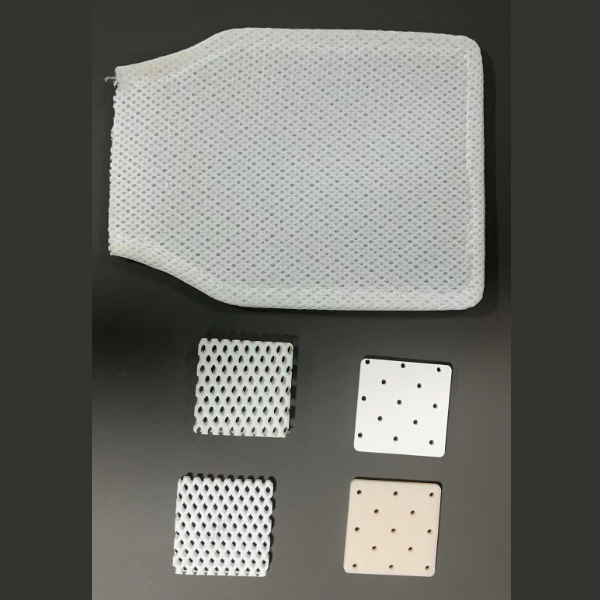Views: 0 Author: Site Editor Publish Time: 2024-05-01 Origin: Site

In the realm of orthopedic solutions, the quest for perfection never ceases. The shoulder, a complex and highly mobile joint, often falls victim to injuries that can disrupt one's daily life. Traditional methods of support and rehabilitation have served their purpose, but with the advent of technology, 3D orthopedic splints are setting new benchmarks in the field of orthopedic solutions. This evolution is not just a leap in innovation but a stride towards personalized, effective healing.
3D technology has revolutionized many industries, and orthopedic solutions are no exception. Traditional splints and braces, while effective to a degree, often fall short in terms of comfort and precise fit. The introduction of 3D orthopedic splints has changed the game by offering custom-fitted support that adapts to the unique contours of each individual's body. This precision not only enhances comfort but significantly improves the effectiveness of the treatment.
The process involves scanning the affected area, creating a digital model, and then using 3D printing technology to produce a splint that matches the exact specifications needed for optimal healing. This level of customization was unheard of in traditional orthopedic solutions, marking a significant advancement in the field.
The shoulder's anatomy is intricate, making it susceptible to injuries that can be challenging to manage. 3D orthopedic splints offer several benefits over traditional methods of support, directly addressing these challenges.
First and foremost, the custom-fit nature of 3D splints ensures that the device is perfectly contoured to the patient's body. This eliminates any unnecessary pressure points, significantly enhancing comfort and wearability. Patients are more likely to adhere to their prescribed treatment when the device is comfortable, thereby improving outcomes.
By providing precise support exactly where it's needed, 3D orthopedic splints promote optimal healing conditions. The targeted support helps to immobilize the shoulder effectively, reducing pain and preventing further injury while facilitating faster recovery.
Materials used in 3D printing are not only durable but also lightweight. This means that patients can enjoy robust support without the burden of a heavy device weighing them down. The lightweight nature of these splints makes them ideal for everyday wear, even during sleep.
While the focus here is on shoulder support, the potential of 3D technology in orthopedic solutions extends far beyond. From knee braces to ankle supports and even spinal orthoses, the principles of customization, comfort, and precision apply across the board. As technology continues to advance, we can expect to see even more innovative approaches to treating orthopedic conditions.
The impact of 3D orthopedic splints on the field of orthopedic solutions is profound. Offering a blend of customization, comfort, and efficiency, these devices are not just about supporting injuries but about transforming the way we approach rehabilitation and recovery. As we move forward, the continued integration of technology into orthopedic solutions promises a future where effective healing is not just hoped for but expected.
Most patients spend about 30 to 60 minutes on a CT simulation, with some sessions taking up to 90 minutes for complex cases. The process remains straightforward and centers on patient comfort. CT simulation serves as a crucial step before radiation therapy. Staff use advanced equipment and clear instructions to help patients feel at ease throughout the session.
Thermoplastic splints have become increasingly popular in the medical field due to their versatility and effectiveness in treating a wide range of conditions. In this article, we will explore the various uses and benefits of thermoplastic splints, shedding light on how they can aid in the recovery p
IntroductionRadiotherapy is a crucial treatment for many types of cancer, utilizing high-energy radiation to target and destroy cancer cells. During treatment, precision is key to ensuring that the radiation is directed at the tumor while minimizing exposure to surrounding healthy tissues. This is w
Have you ever wondered how doctors plan precise cancer treatments? CT simulation plays a critical role in radiation therapy by creating detailed 3D images of the body. This advanced technology ensures that radiation is delivered accurately to target tumors, minimizing damage to surrounding healthy tissue.
CT Simulation is a crucial step in radiation therapy. It ensures accurate treatment by mapping the precise location of cancer cells. Without proper preparation, the accuracy of radiation delivery can be compromised, which could affect the treatment's effectiveness.